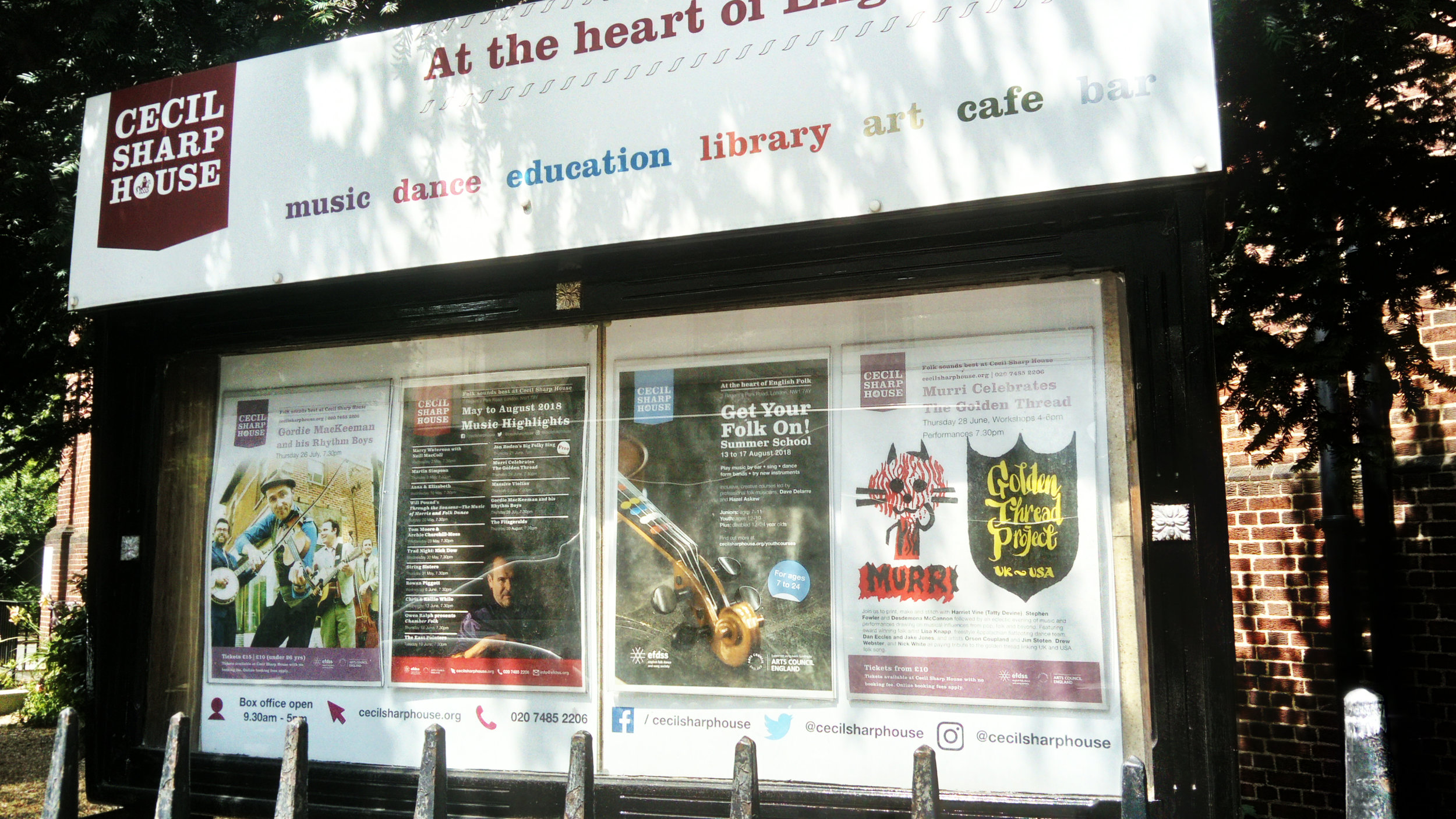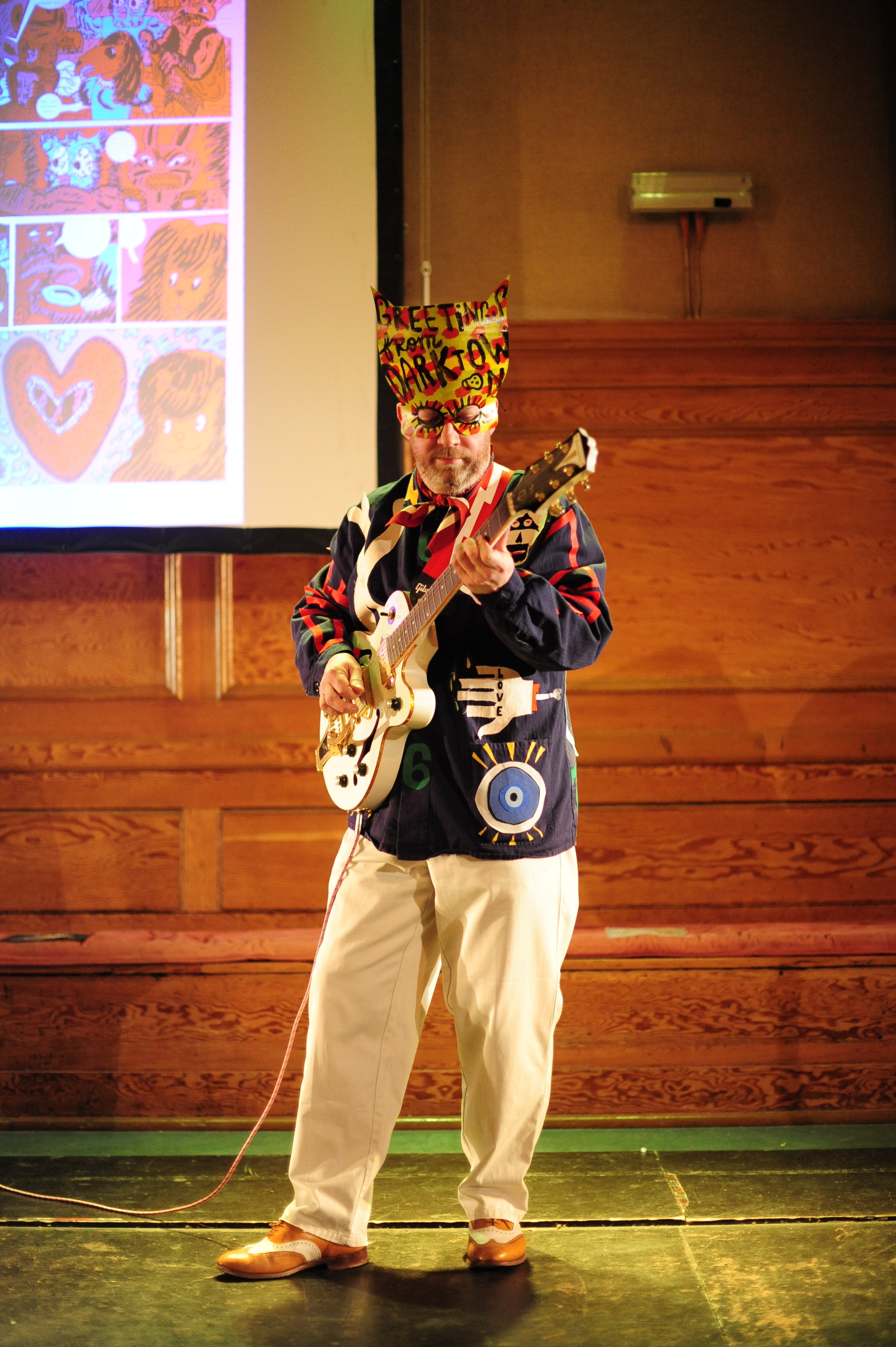Illustrator Karolina ‘Jonc’ Buczek delivers the second part of her personal guide to some folk superstitions from her native land, Poland.
Welcome Back!
Coming back home straight after having already left the house
If you are a forgetful person - you are living your life always on the short straw. Scenario: you leave the house and then realise you forgot something important, like your headphones to separate you from the hell of commuting on a busy morning bus full of screaming children and come back to pick them up. Consequences: you just broke up a magical circle of life, you silly head. Now you can be showered with all of the unlucky plagues known to mankind!
Fear not, there is a solution to that - you either have to sit down for at least 10 seconds, (Mama Anita’s personal recommendation) or spin around a couple of times, to seal back the broken circle of life. What a simple, yet powerful magic you just performed.
And also, you are now probably late for your bus…
Quick sweep before we finish
I thought some of the zabobons are worth mentioning even though there is no explanation behind them, even an explanation as lame as a magical circle of life.
An unmarried lady cannot sit on the corner of the table because she will be forever alone and become an old maid. I remember my grandma shouting at me to move if I sat in the wrong place - I think she believed I will turn into one since she was always asking me about the boys (“So, is there any attractive young man in your life, miss? Is he going to the church?”). I was more interested in Finnish rock bands though. Bonus - a single lady also should not sing during the dinner otherwise her future husband will be stupid.
There is a whole range of fortune-telling techniques that divine the future through the sensations in your body.
- itchy right hand - you will greet someone kind
- itchy left hand - you will be counting money
- itchy nose - argument
- itchy left eyebrow - a good friend is coming over unexpectedly
- itchy left eye - a good friend will bring some pleasant news
- itchy right eye - something unpleasant will happen (e.g. spot on your tongue) - to avoid, pirch a new shirt with a needle three times.
- ringing in left ear - good news, in the right one - bad news
If you think your Tinder date is 'the one', do not ever choose shoes or watches as a gift - he might leave you in those espadrilles you gave him, and a stupidly expensive designer watch might countdown the time left until the end of your relationship.
Sewing up someone’s mind
For the finishing dish - my favourite superstition of them all!
Practised by Mama Anita to this day…
This superstition forbids you to sew up any piece of clothing you or another person is currently wearing, because you are creating a risk of sewing up one’s mind. Simply put - you are about to make yourself or someone else stupid.
There is not much explanation behind that - other than this belief is fueled by other zabobons in which sharp objects are considered “evil” in general (which sounds a bit feng shui to me). Therefore, you should never give any scissors or needles as a gift, as you might “cut down” or “pierce” the relationship with the person whom you gave the present to.
There is, of course, a counterspell - just put a piece of string in the mouth of the person having their clothes stitched up and their brain will be fine.
Clumsy as I am, Mama Anita sometimes still mends my clothes on me, so I sit quietly with a piece of strand hanging off my lips, and wonder how much I love my silly Mum.
Words by Jonc and ZEEL, all images copyright Karolina ‘Jonc’ Buczek










































































